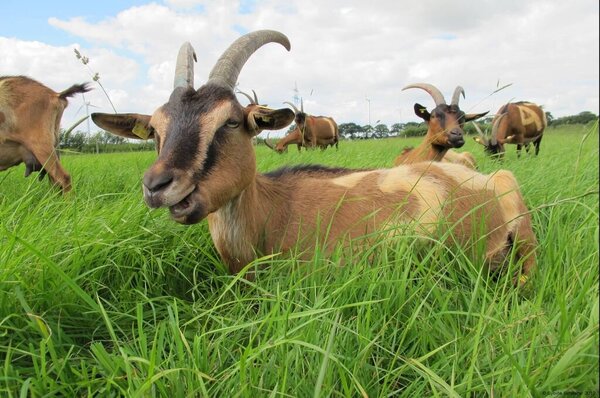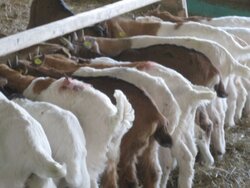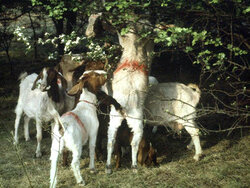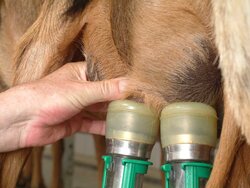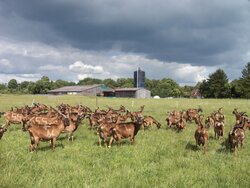Dossier
Organic goat husbandry
Gerold Rahmann | 01.06.2022
Professional goat husbandry requires a lot of experience in order to be animal-friendly, environmentally friendly and economical. This is especially true for the high expectations and demands of organic farming. But how does it work?
The goat is one of the oldest farm animals in the world. It became a domestic animal in Mesopotamia more than 10,000 years ago. The goat has also been at home in German households for thousands of years. It has mainly provided poor people in urban or mining areas with valuable food and furs, but has also been used as a transport animal. It is easy to keep, very efficient and provides exactly the amount of food needed for a household. To this day, the goat has the image - both positive and negative - of being the "little man's cow".
While the goat continues to be significant worldwide (around 1 billion goats), it has become rare as a farm animal in Germany. Whereas a good 5 million goats were kept in Germany until the Second World War, the population dropped to less than 40,000 animals in the 1970s. Since then, however, the numbers have been rising again. Today, around 240,000 goats are kept in Germany: most of them as a hobby in small herds. An estimated 40,000 goats are milked as agricultural animals and about 20,000 are used for landscape management. Goats are particularly popular in organic farming, even though they represent only a small but fine niche even here.
At the Thünen Institute of Organic Agriculture we develop animal-friendly, environmentally friendly and efficient methods of goat husbandry and help practitioners to improve the management of their animals. Important questions we focus on include:
- How can I control parasites in pasture management?
- What milk yields are possible with different feeding methods?
- How should udder health and milk quality be assessed in goats?
- How must a barn be designed so that horned goats can be kept without risk of injury?
- How can I raise lambs in an animal-friendly and economical way?

